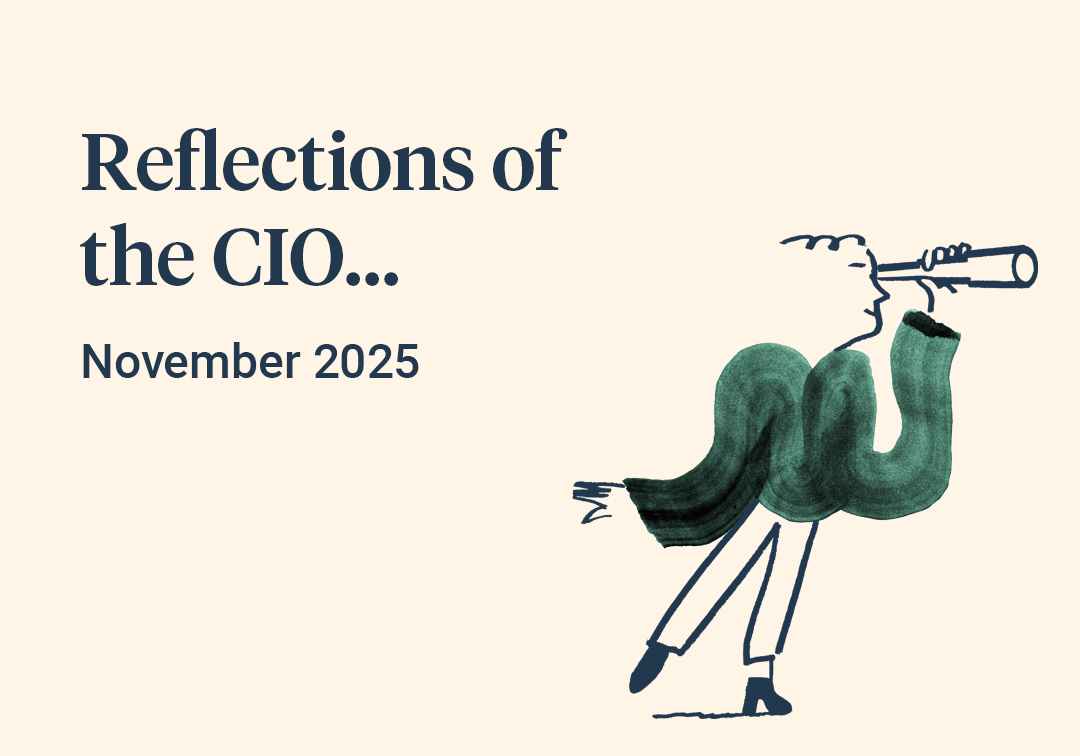January was a period of optimism in world markets, with practically any asset that had a tough 2022 rallying hard over the course of the month. Most currency pairs rose against the dollar and stock and bond markets also recovered, led by the most cyclical and beaten up of sectors. Although there were strong elements of more technical forces at work – everything from short covering to Asian Central Bank liquidity injections – there was also a much more encouraging set of fundamentally based reasons behind the moves. Markets were right to respond positively to these reasons, albeit there is now also a raging debate in investment circles about just how much positivity is really justified.
We can see three broad fundamental changes behind the recent moves in asset prices. The re-opening of the Chinese economy after the ending of ‘zero Covid’ policies was undoubtedly a welcome, positive support for global growth prospects, as was the sharp decline in energy prices. Evidence was also building that inflationary pressures across the developed economies had now peaked and had begun to decline. The unblocking of bottlenecks in the global supply chain was one of the key drivers of this reversal, with outright deflation now visible across the manufactured goods sector. As already mentioned, declines in energy prices (natural gas and oil) are now very sharp compared to their post Ukraine invasion spikes, with mild weather and new supply behind the downward impetus. This combination of events has acted to reduce the chances of a big further spike in inflation rates as we go forward and, in the market’s eyes at least, it is now time to start factoring in the point at which interest rates start falling from their current multi year highs.
However not everyone is so sure that we have emerged so quickly from the ‘inflationary woods’. Corporations, strategists and most economists still feel that the impact of the interest rate rises of last year and this has yet to be felt. Very close attention is being paid to the current corporate earnings season and the policy communications of the major central banks in order to assess the chances of interest rates continuing to climb or fall from here. Unfortunately, the available data so far from both sources is effectively ending up saying that it is still too early to tell. Economic slowdown has yet to bite in employment markets and although corporate profit estimates have been falling for several months, there hasn’t been such a big fall that we could say that recession risks are now largely ‘in the price’. As January’s good performance indicates, markets have erred on the side of optimism and although they are meant to be forward looking mechanisms, most forecasters, including us, still lean towards the conclusion that we need more data before becoming comfortable with the assumption that all the bad news was confined to 2022.



